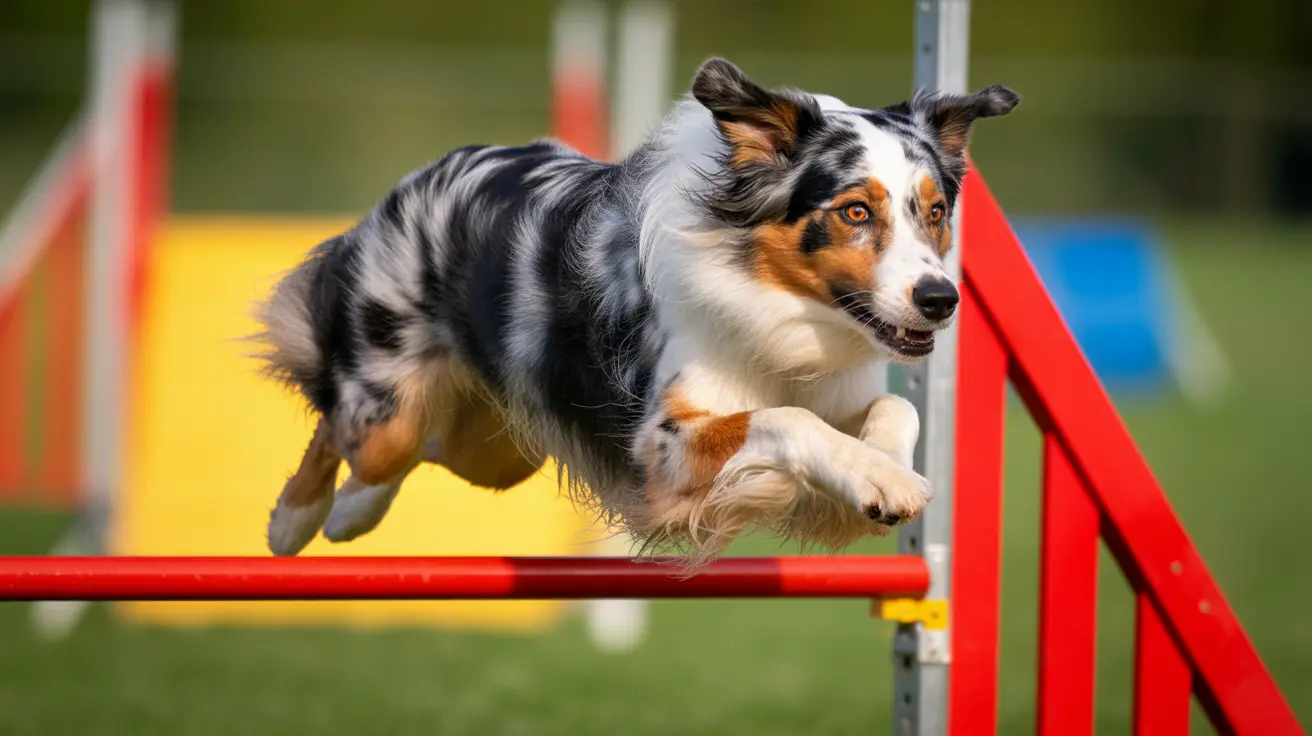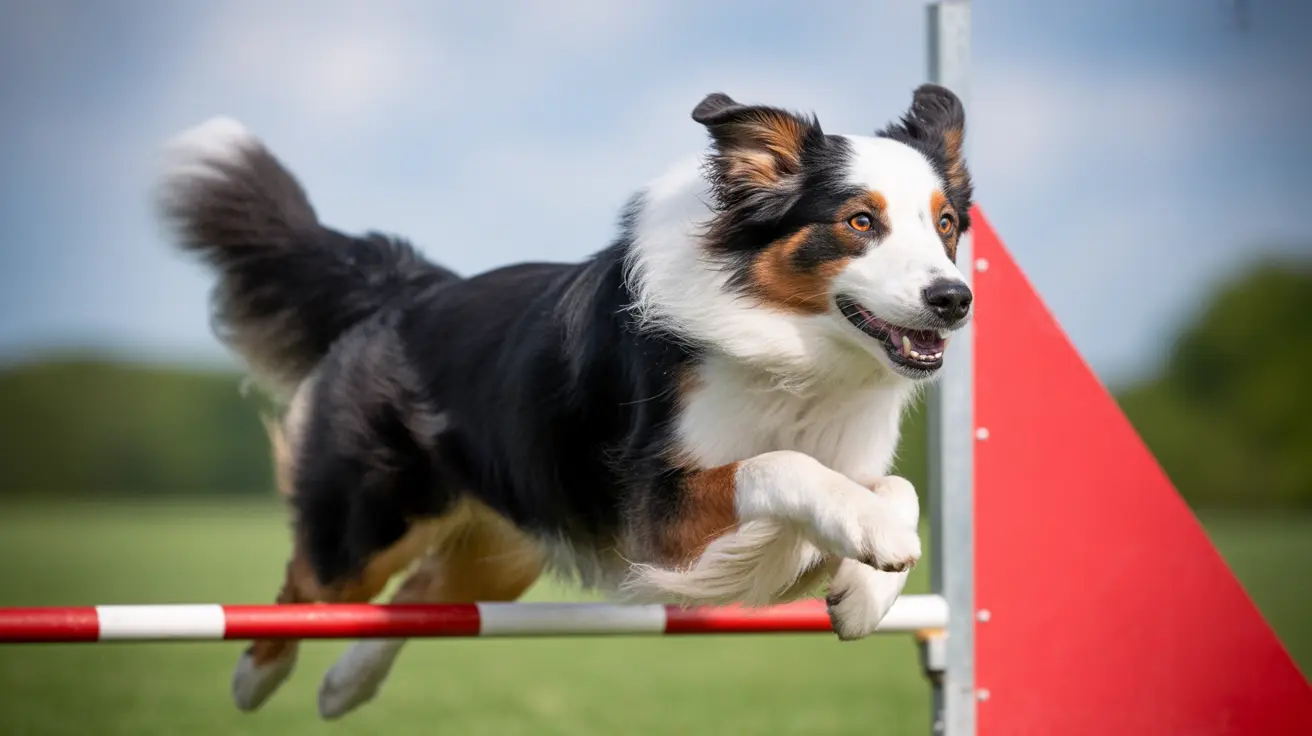Proper Care and the Best Treatments for Dog Wounds
Dogs are naturally curious and active, which makes them prone to injuries such as cuts, bruises, scrapes, punctures, and burns. Knowing how to treat a dog wound correctly can prevent infections and promote faster healing. In this guide, we’ll explore the best things to put on dog wounds, steps for proper care, and when to seek professional veterinary help.
Types of Dog Wounds
- Minor cuts and abrasions: Superficial injuries usually caused by sharp objects or rough play.
- Deep lacerations: More significant injuries that often require sutures or veterinary care.
- Bite wounds and punctures: Even small puncture wounds can be severely infected and need medical evaluation.
- Burns: Caused by heat, chemicals, or friction – often need special treatment.
- Hot spots: Moist, inflamed areas due to scratching or licking, which can worsen without intervention.
- Surgical incisions: Require proper post-op care to avoid reopening or infection.
Items for a Canine First Aid Kit
Being prepared is essential. A well-stocked pet first aid kit should include:
- Muzzle for safety
- Pet-safe antiseptic solution (2% chlorhexidine or povidone-iodine)
- Sterile gauze pads and self-adhesive bandages
- Non-stick dressings and blunt-tipped scissors
- Antimicrobial ointment for dogs
- Recovery cone or protective garment
- Tweezers, clippers, and disposable gloves
Steps for Treating Minor Dog Wounds at Home
- Secure the dog: Use a muzzle if needed to prevent biting due to pain.
- Assess the wound: Check depth, bleeding, and if any objects are embedded.
- Stop bleeding: Apply direct pressure with clean gauze or a towel.
- Remove debris: Use tweezers for loosely attached debris; avoid deep removal.
- Trim fur: Use clippers (not scissors) to clean the area around the wound.
- Clean the wound: Rinse with lukewarm water or saline (1 tsp salt in 500 ml water). Avoid hydrogen peroxide or alcohol, which can damage tissue.
- Apply antiseptic: Use pet-safe solutions like chlorhexidine or povidone-iodine. For eye-area wounds, prefer povidone-iodine.
- Use antimicrobial ointment: Choose ointments made for dogs, avoiding corticosteroids unless treating hot spots as prescribed.
- Bandage the wound: Cover with sterile gauze and secure with an elastic bandage, ensuring it's not too tight.
- Prevent licking: Use a recovery cone or garment to keep the dog from aggravating the wound.
Monitoring and Follow-Up
Monitor the wound daily and look for:
- Redness, swelling, pus, or foul odors
- Signs of pain or discomfort
- Lethargy, fever, or appetite loss
If any of these signs appear, contact your veterinarian immediately.
When to Seek Veterinary Attention
- Persistent bleeding despite pressure
- Exposed muscle or bone
- Bite or puncture wounds, or embedded objects
- Wounds near sensitive areas (eyes, chest, abdomen)
- Post-accident injuries
- Signs of infection or non-healing wounds
Special Cases and Surgical Wounds
More serious wounds may require surgical intervention. Always follow the vet's instructions for post-operative wounds, keeping them dry and monitoring as prescribed.
Preventing Dog Wounds
- Monitor outdoor play and avoid dangerous areas
- Use a leash during walks
- Keep the yard clear of sharp objects
- Ensure your dog’s vaccinations are up to date
Conclusion
The best thing to put on a dog’s wound is a pet-safe antiseptic and a canine-formulated antimicrobial ointment. Ensuring prompt cleaning, protection, and monitoring increases healing success while helping your furry friend recover comfortably. For anything beyond a superficial scrape, consult a vet to ensure proper care.





